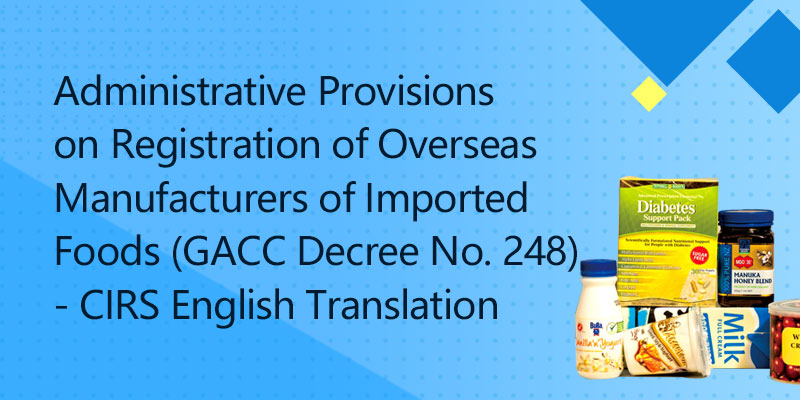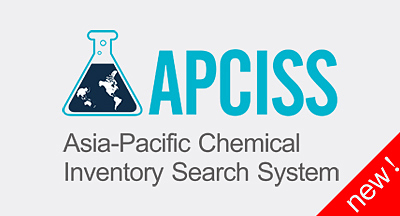Information provided by Dr. Vince Pacecca, ChemAlert
The statutory body in Australia is Safe Work Australia. It develops various national policies, including those which relate to the use of hazardous chemicals.
Safe Work Australia also provides several Codes of Practice to further guide individuals, and businesses, in meeting their chemical management responsibilities. For example, several models Code of Practices have been developed to provide further practical guidance relating to the use and preparation SDSs and labels for hazardous chemicals, which are currently being manufactured or imported for use, handling or storage, within Australia.
Hazardous Chemicals
Hazardous chemicals include any substances, mixtures and/or articles which may pose a significant risk to health and safety if incorrectly managed. To assist in the management of hazardous chemicals, Safe Work Australia detail specific duties and responsibilities, under the model Work Health and Safety (WHS) Regulations (Chapter 7). Each State or Territories’ work health and safety authority will subsequently regulate hazardous chemicals.
GHS in Australia
The GHS was first introduced in Australia on the 1st of January, 2012, under Safe Work Australia’s model WHS laws, with a proposed transition period of five years. The transition period was intended to provide chemical manufacturers and importers with the sufficient time to reclassify chemicals, and to implement the necessary changes to product Safety Data Sheets (SDSs) and labels.
Recent additions and amendments to the WHS have included the adoption of a new hazard classification and communication system, based on the United Nations’ Globally Harmonised System (GHS) of classification and labelling of chemicals (For more information of the UN GHS, please click here).
However, in relation to the WHS, and corresponding GHS requirements, Western Australia and Victoria have elected not to adopt the WHS legislation, and thus, the implementation of the GHS within these states will occur sometime after the 1st of January, 2017.
Six States and Two Territories of Australia:
New South Wales NSW
Victoria Vic
Queensland QLD
South Australia SA
Western Australia WA
Tasmania TAS
Northern Territory NT
Australian Capital Territory ACT
Other Requirements
In addition to GHS, a number of chemical management requirements are detailed in the WHS legislation. The legislation imposes various duties on the suppliers and/or importers of hazardous chemicals, to ensure that these products are supplied without the introduction of unwanted risk(s) to user health and safety. This is achieved, in part, through the use of GHS compliant labels and Safety Data Sheets (SDS).
Further critical WHS requirements of the employer (persons conducting business or undertakings) include the following:
- Obtaining the most current SDS from the manufacturer, importer and/or supplier of the hazardous chemical;
- Ensuring that a hazardous chemical is used, handled, stored and labelled correctly;
- A register and manifest (where specified quantities are exceeded) of hazardous chemicals is maintained correctly;
- Notifying the regulator if manifest quantities of hazardous chemicals are stored (including the provision of an emergency plan to emergency services);
- Provision of placards (signage) where a sufficient quantity of hazardous chemicals are stored in the workplace;
- The risk of exposure to hazardous chemicals is controlled, including a review of all relevant control measures (specific controls may relate to fire and explosion, chemical reaction, stability and signage);
- Providing a spill containment system for hazardous chemicals, where necessary;
- Ensuring workplace exposure standards for hazardous chemicals are not exceeded;
- Provision of health monitoring to workers (if relevant);
- Provision of information, training, instruction and supervision to workers; and
- Obtaining the authority to use, handle and/or store prohibited or restricted carcinogens.
Punishments
Punishment for failure to meet the requirements outlined in the WHS Regulations may vary depending on the severity and nature of non-compliance. Typically, penalties may range from AUD 6000 for an individual, to AUD 30 000 for businesses. However, under the WHS Act, serious offences which lead to death or serious injury, may incur a fine of AUD 600,000, and/or 5 years imprisonment.
Suggestions
As detailed, it is important to note that the use of hazardous chemicals is regulated by each State or Territories’ work health and safety authority. Therefore, to have legal effect in a given jurisdiction, the model Code of Practice must be approved in that jurisdiction. Where further guidance is required, the initial contact should always be the State or Territories’ work health and safety authority, which will provide the most relevant information and services to assist in the management of health and safety in the workplace.
Contact
Risk Management Technology is one of the honourable partners of CIRS in Australia. If you would like further information, please feel free to contact them:
Email: info@rmt.com.au
Phone: +61 8 9322 1711
Or you can also contact CIRS at service@cirs-reach.com

















